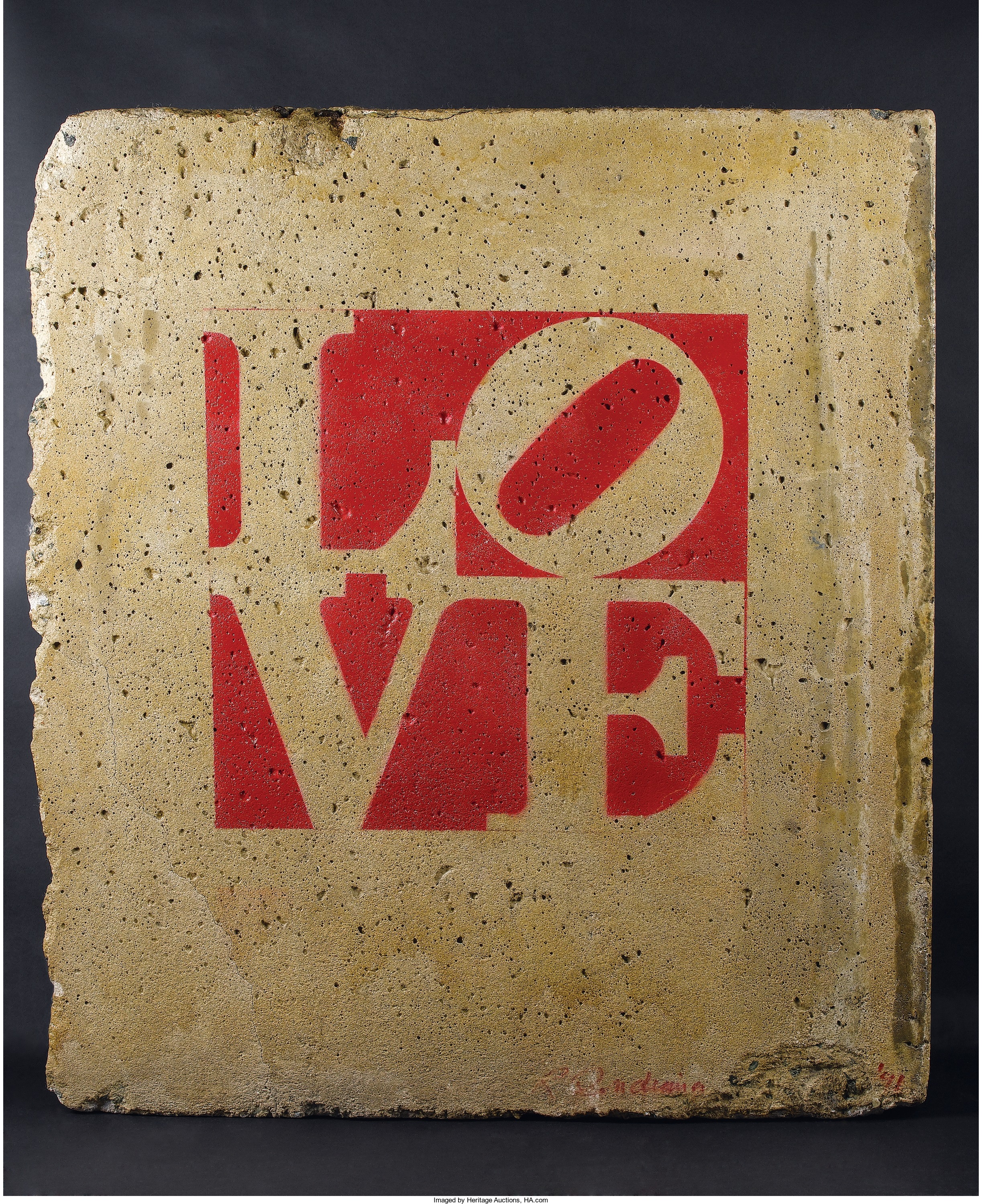
By Jim O’Neal
After the end of World War II, the Allies divided Germany into four zones, one each for the British, French, Soviets and Americans. Berlin lay inside the zone belonging to the Soviets and it also was divided into four sectors.
In 1949, the three Western powers merged their zones into a single entity: West Germany. This resulted in Berlin becoming an “island” in the heart of the East German communist state. Everyone in Berlin had an identity card, which allowed them to travel between East and West.
However, at midnight on Aug. 12, 1961, trains that traveled between East and West suddenly stopped. Passengers were forced out and told to walk home. The much bigger issue was that those living in the East were never allowed to travel to the West again (legally).
Then the East-West border was sealed off with armored cars, troop carriers and Soviet tanks. By the next year, concrete poles were erected and strung with barbed wire to further restrict travel. The metaphor of an “Iron Curtain” had become a reality.
By 1960, West Berlin had built 100,000 new apartments, raised luxury hotels, and constructed museums and art galleries. Industrial plants resumed production, creating thousands of new jobs.
In East Berlin, the economy of the German Democratic Republic (GDR) was stagnant and food and clothing scarce. Burned-out buildings were a stark reminder of the war. Three and a half million East Germans fled to the West, including 1 million through East Berlin, where there were no barriers (by treaty).
Then the GDR decided to build a wall!
Eventually, there was a concrete slab wall – 13 feet high, 87 miles long – completely encircling West Berlin. There were nine border crossing points, including “Checkpoint Charlie,” where spies were exchanged and East-West met with steely tensions.
In June 1985, Soviet leader Mikhail Gorbachev introduced perestroika (restructuring), expansion of trade, loosening of borders and limited freedom in other eastern bloc countries. Erich Honecker, head of the East German Socialist party, decried the reforms and promised the East Berlin wall would “last 50-100 years.”
In the autumn of 1989, thousands of demonstrators marched the streets of East Berlin, Honecker resigned, and on Nov. 8 the East Germans began allowing unrestricted travel. German Reunification was officially declared on Oct. 3, 1990, but the citizens of Berlin knew the real uniting began on Nov. 9, 1989, when the hated wall was breached forever.
Today, Germany represents the most vivid contrast between the capitalist and communist systems of government.
 Intelligent Collector blogger JIM O’NEAL is an avid collector and history buff. He is President and CEO of Frito-Lay International [retired] and earlier served as Chairman and CEO of PepsiCo Restaurants International [KFC Pizza Hut and Taco Bell].
Intelligent Collector blogger JIM O’NEAL is an avid collector and history buff. He is President and CEO of Frito-Lay International [retired] and earlier served as Chairman and CEO of PepsiCo Restaurants International [KFC Pizza Hut and Taco Bell].
